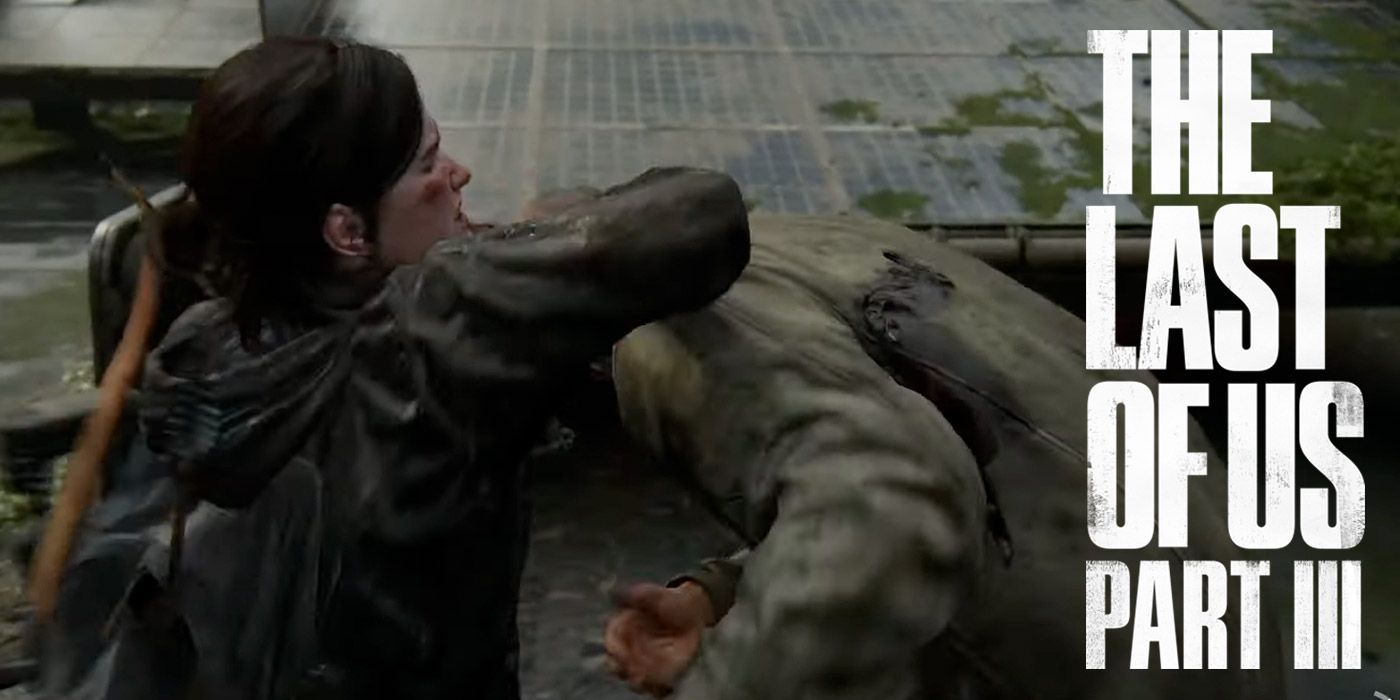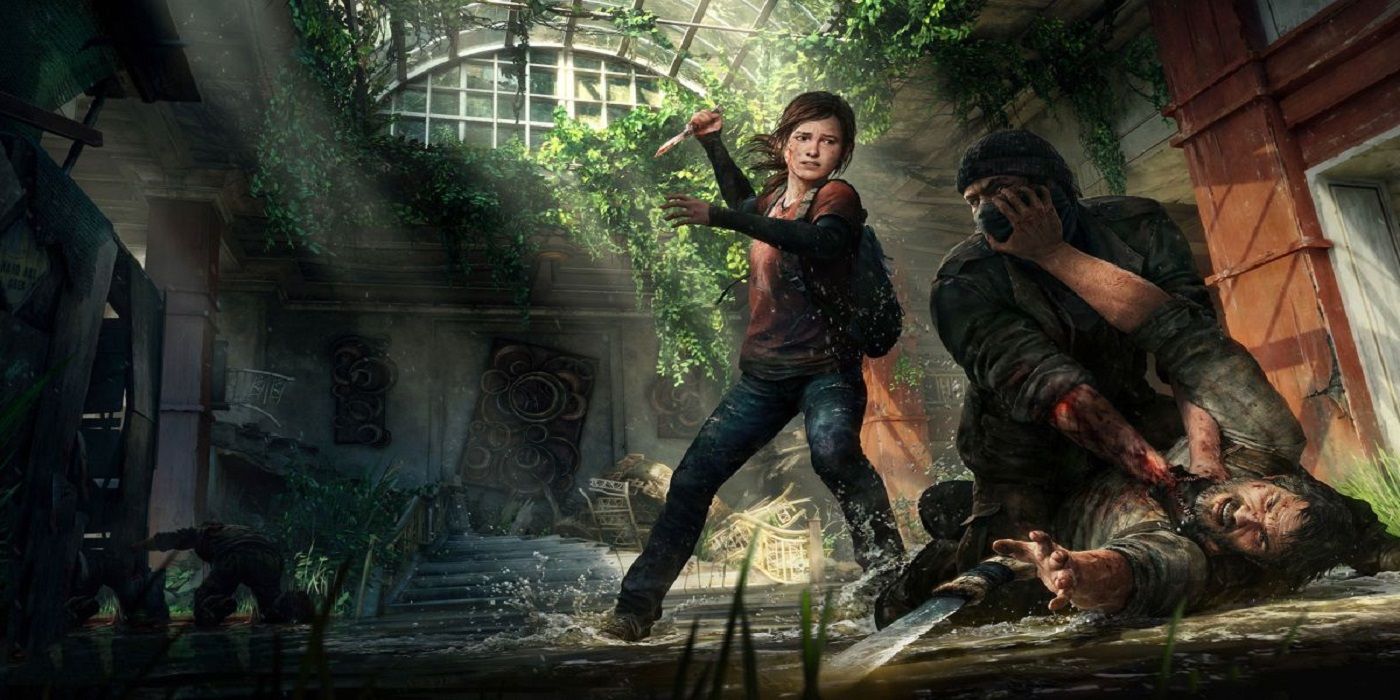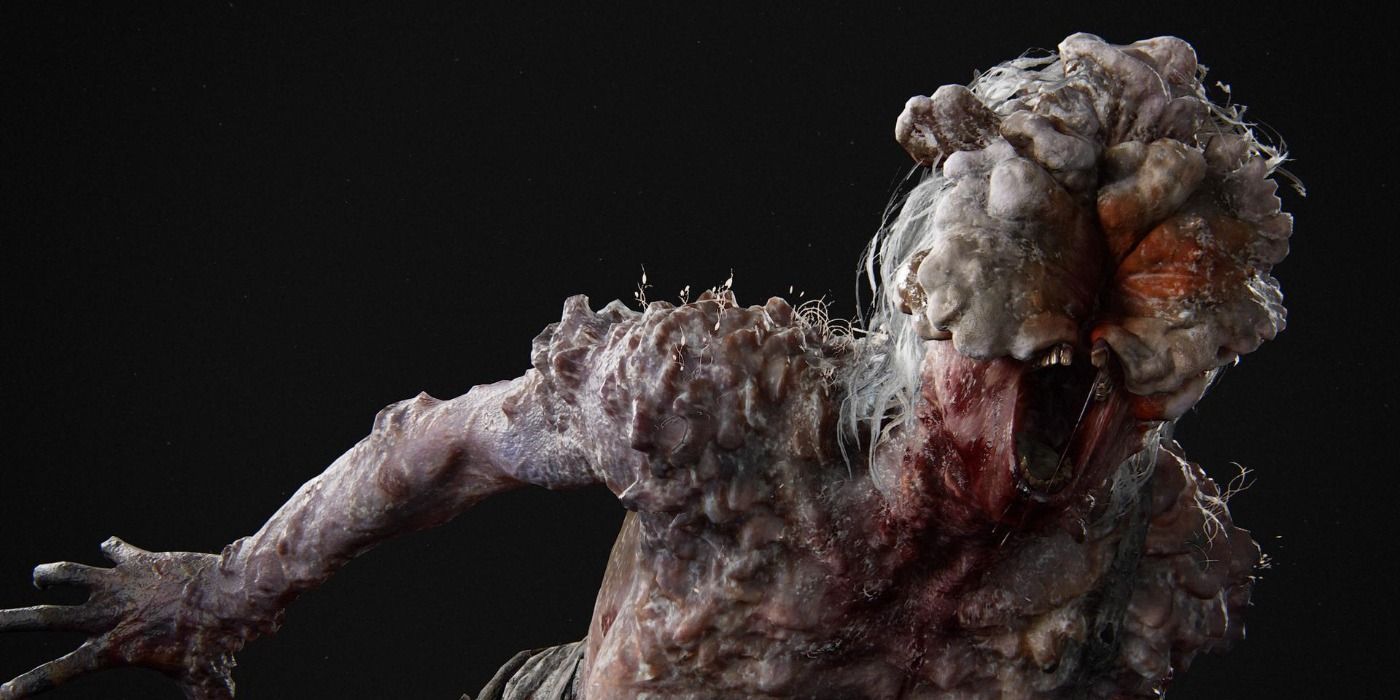When The Last of Us Part 2 was announced, fans were head over their heels from joy. The thought of getting to experience another chapter in the story of Joel and Ellie was a dream come true, and theories about if players got to play as both again sprung online. That is, until the game was released, at least.
The Last of Us Part 2 begins in a world that's very different from the one of the previous chapter, where horror was immediate and prevalent. Instead, Part 2 takes place in a familiar setting, somewhere peaceful where humanity managed to rebuild. There are schools, shops, even a gallery. Ellie and Jesse get to partake in a snowball fight with kids, and life seems to have resumed back to normal. This sets the tone for how impactful the horrific events to come will be for players, and how living in the world of The Last of Us feels like.
Cycles of Vengeance And The "Us Versus Them" Mindset
Merely an hour into The Last of Us Part 2, one of the most uncomfortable scenes in video games to watch takes place. Tommy and Joel are fighting off hordes of Runners and Clickers, and they run into a strange woman in distress (controlled by the players) that they end up helping, with Joel saving her life. The Runners are too many and about to overrun them, so they flee to a safe place the woman knows of, where her friends are. This is where the woman's friends beat Tommy, while she shoots Joel in the knee at point-blank and then hits him on the head with a golf club. Ellie finds them, but she is immediately pinned down and Joel is brutally beaten to death in front of her.
The woman who killed Joel is later revealed to be Abby, a member of the Washington Liberation Front, whose father (a Firefly) was murdered by Joel in The Last of Us Part 1 at the end of the game when he was in the hospital trying to save Ellie's life. On the other hand, Joel's murder was likely deliberately shown as incredibly cruel and inhumane to set the mood of revenge for gamers while playing as Ellie, killing their way out of any encounter with other factions. The events at the end of The Last of Us 1 and the inciting incident at the beginning of Part 2 set up a cycle of vengeance and death, a conflict that is no longer "Ellie versus Abby," but rather escalates into "us versus them."
A Shift of Perspective To Challenge Perspectives
The Last of Us Part 2 manages to successfully achieve this false sense of justice in Ellie's quest for revenge based on how its chapters are played, with Ellie being the protagonist for the first half of the game. However, the other half is played as a character that players have come to hate because of what she did to Joel and Ellie's friends, like when she kills Jesse with a shot in the head. This change of perspective is not gradual, and the game intentionally does not give players control over Abby alternating her story with Ellie's, but rather it makes players feel Ellie's point of view first. Players don't get to immediately empathize with Abby, with her story unraveling only in the second part of the game. This forces a change of perspective, as the "us versus them" dramatically shifts into "them versus us."
Psychologically, there's a certain burden that comes with having to change drastically one's overview of things, and that is precisely what The Last of Us Part 2 sets out to achieve. The bias for players to automatically be on Ellie's side is already there because they played as her, and also because they got to play as Joel in the first game and had learned to love his character despite his flaws. Then, players get to know Abby, Joel's killer, more intimately. They get to learn something about her world, her past, her fears, her failures, her motives, her friends, her complicated relationship with Owen, and even her dog. Still, most of these people end up dead, killed by either Ellie or her group. The point of this conflict is not necessarily to humanize both sides, but rather to show how vicious cycles of violence and revenge can challenge one's view of justice and empathy when experienced from different perspectives.
The Last of Us Part 3, Factionalism, And What Happens Next
What drives Ellie to think her actions are rightful, especially when she kills other people -Abby's people- without a trace of remorse? Likewise, knowing how traumatic losing her father to a violent death was, how could Abby seek vengeance and kill Joel in front of Ellie? What made each character's own quest of revenge feel just, or fair? The answer is factionalism. Both Ellie and Abby are part of their respective groups, and thus, each of them feels more for her own kind without realizing how the same could apply to the other faction. They are polarized towards a set of emotions, beliefs, social structures, relationships, and people. And this polarization is what makes them blind towards the atrocities they commit on others because they are not "their people", but their own truth is not necessarily the external truth.
Considering Neil Druckmann confirmed he wrote an outline for the story of what could be The Last of Us Part 3 if ND actually got to make it, and given that this story sets out to explore what happens after Part 2, it's not unlikely that it will have callbacks to factionalism. The world of The Last of Us is one where many factions coexist, with the Fireflies, the Seraphites, the Washington Liberation Front, and the Rattlers being the most upfront. As such, Druckmann's take on The Last Of Us now starting to have a pattern in terms of themes tackled, it's easy to see how these elements could all be integrated seamlessly into the narrative of the next game.
The story could redeem Ellie's overall negative arc from Part 2, and it could reintroduce both Abby and Lev, and their quest for reunion with the Fireflies on Catalina Island. Though The Last of Us Part 3 is not confirmed to be in development, it would be the perfect title to show how the characters have grown and matured from the events of Part 2, maybe building on the consequences of their violent cycles.
The Last of Us 2 is available now on PS4.




